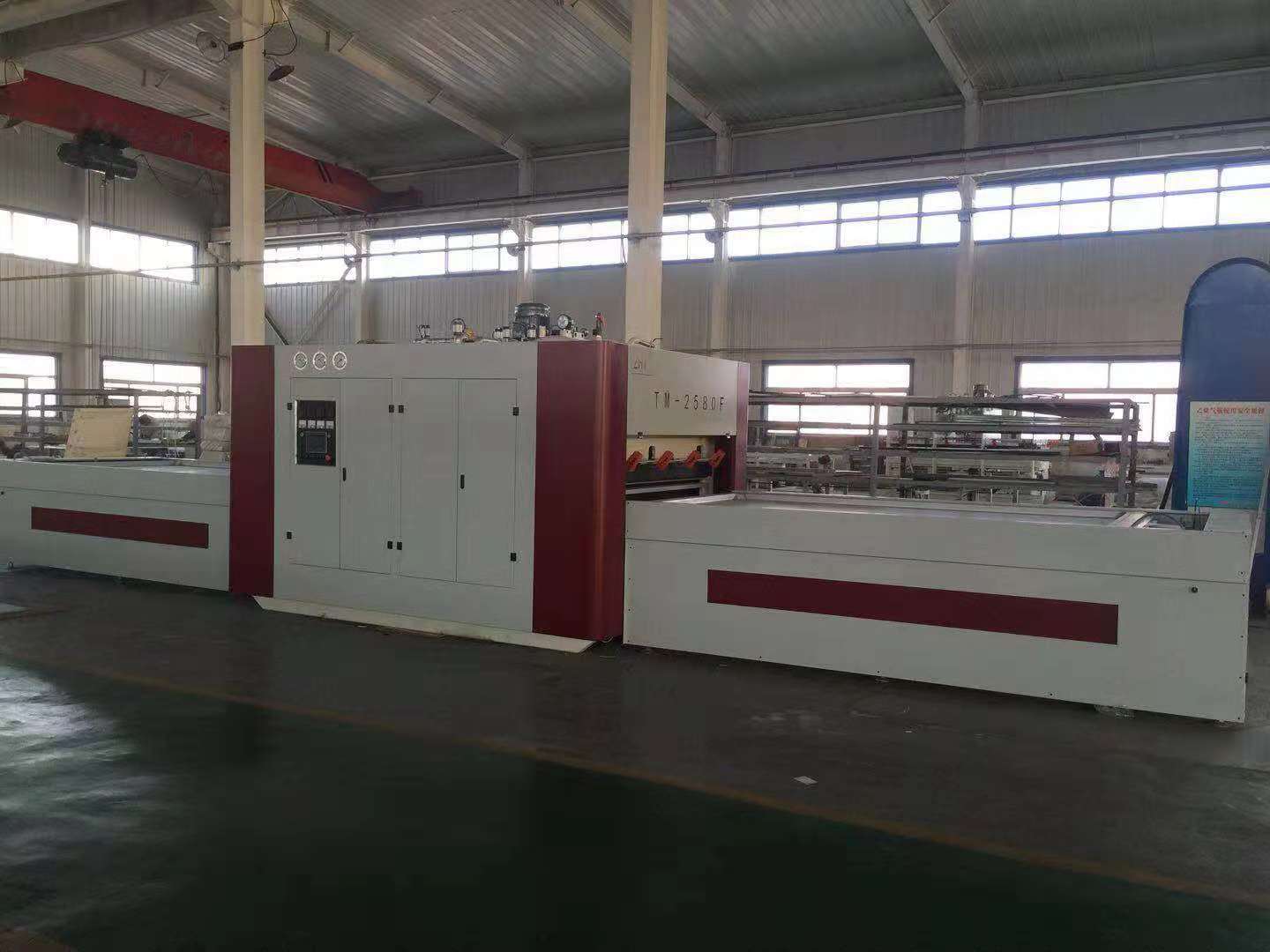- All
- Product Name
- Product Keyword
- Product Model
- Product Summary
- Product Description
- Multi Field Search
Views: 7 Author: Site Editor Publish Time: 2025-09-01 Origin: Site
What are vacuum forming and lamination?

When PVC decorative film is heated and softened with spray-coated MDF, a vacuum is used to extract air from between the MDF adhesive film and the PVC decorative layer.
During this process, atmospheric pressure is primarily used to adhere the PVC film to the MDF adhesive (or particleboard), maintaining a beautiful, secure, and smooth bond. This process is called vacuum lamination.
One of the main benefits of this process is that once the vacuum forming is complete, there's no need to paint or coat the surface. It's completely paint-free, and you can likely complete the entire lamination process in a fraction of the time. Furthermore, you can also fit grooves and recesses, hollow engraved areas, and curved edges—something that's impossible with other processes.
The vacuum lamination process is highly efficient (or newer) in the manufacture of cabinets, computer desks, furniture, doors, and even flooring. It's also used in a variety of vehicle interior applications.
Common Problems You May Encounter and Possible Solutions
Considering the vacuum forming and lamination process, certain issues can arise for a variety of reasons. Once you identify the problem and its cause, you can proceed with troubleshooting. Fortunately, most of these issues can be resolved or prevented in future applications.
Groove Blisters
Groove blistering can occur for a variety of reasons. Most of the time, it's because the pressure or temperature is set incorrectly—in this case, it can lead to incorrect absorption. To address this, you may want to increase the vacuum level or temperature. You may also not have adequate preheat or forming time, so you may want to increase that.
Groove blistering can also be caused by not applying enough glue or spraying too little. In this case, you may need to increase the glue amount and use higher-quality sheet material. Alternatively, the glue may not be heat-resistant, in which case you may need to use a hardener.
Removing pressure after the blister has formed can also cause problems after the temperature has dropped. To address this, you should wait until the blister has cooled to at least room temperature before vacuuming.
Localized Blisters
Localized blistering often occurs due to uneven glue application, resulting in a decrease in bond strength in certain areas. Obviously, This can be prevented by careful adhesive application.
It could also be a problem with the PVC. PVC decorative film contains plasticizers. Therefore, it can easily migrate if heated or aged, affecting bond strength. This can usually be prevented by using high-quality decorative film. You may also be experiencing issues with the machine's heating element, so you might want to check this.
Product Edge Shrinkage or No Absorption
Sometimes, the edges of a product may shrink or not absorb at all. This can be caused by insufficient vacuum or low side temperatures. Increasing the temperature (which is the problem) can help resolve the issue. The glue may also not be heat-resistant enough. In this case, you may want to use a hardener.
Pockmarks
Recently vacuum-formed products may also develop pitting on their surfaces. This may be because the glue particles are too large, and the PVC film is thin, resulting in pitting. In this case, you may need to use glue with a smaller particle size. If the glue is too thick or not filtered, you may also experience problems, so you may want to choose your glue carefully.
This can also occur if the surface has not been properly prepared or cleaned. Even dust particles remaining on the surface can cause pitting. Use fine sandpaper to smooth the surface. Then clean it properly before use.
Localized Orange Peel: If too much glue is applied in a spot, it can cause orange peel—the obvious solution is to apply the glue evenly. Oil on the board surface can also cause cratering and flaking, which is why you should always ensure the board surface is clean. Along with the glue, the hardener may not be fully dispersed. In this case, you may need to be careful to ensure the reagents are stirred properly.
Wrinkling: Wrinkles can occur for a variety of reasons. However, most of the time, it's because the gap between the workpieces is too small or not straight. In this case, there's nothing you can do except modify the gaps, if possible. Wrinkling can also occur if the temperature is set too high—but this can usually be resolved by setting the correct temperature next time.
PVC Surface Pulling: Excessive temperatures can also cause a whitening effect. Again, the solution is to adjust the temperature. If it takes too long to reach the set pressure or the tubing type is not suitable, it can also cause the white PVC to pull. If these issues are the cause, you may need to address them.
Edges Not Glued Properly: Most of the time, if the edges don't stick properly, it's because the glue quality is subpar—in which case, changes may be in order. The activation temperature may also be too high, so you may want to adjust the temperature of the machine. Still, most of the time, this happens because there's a problem with the glue itself, or perhaps the spraying method.